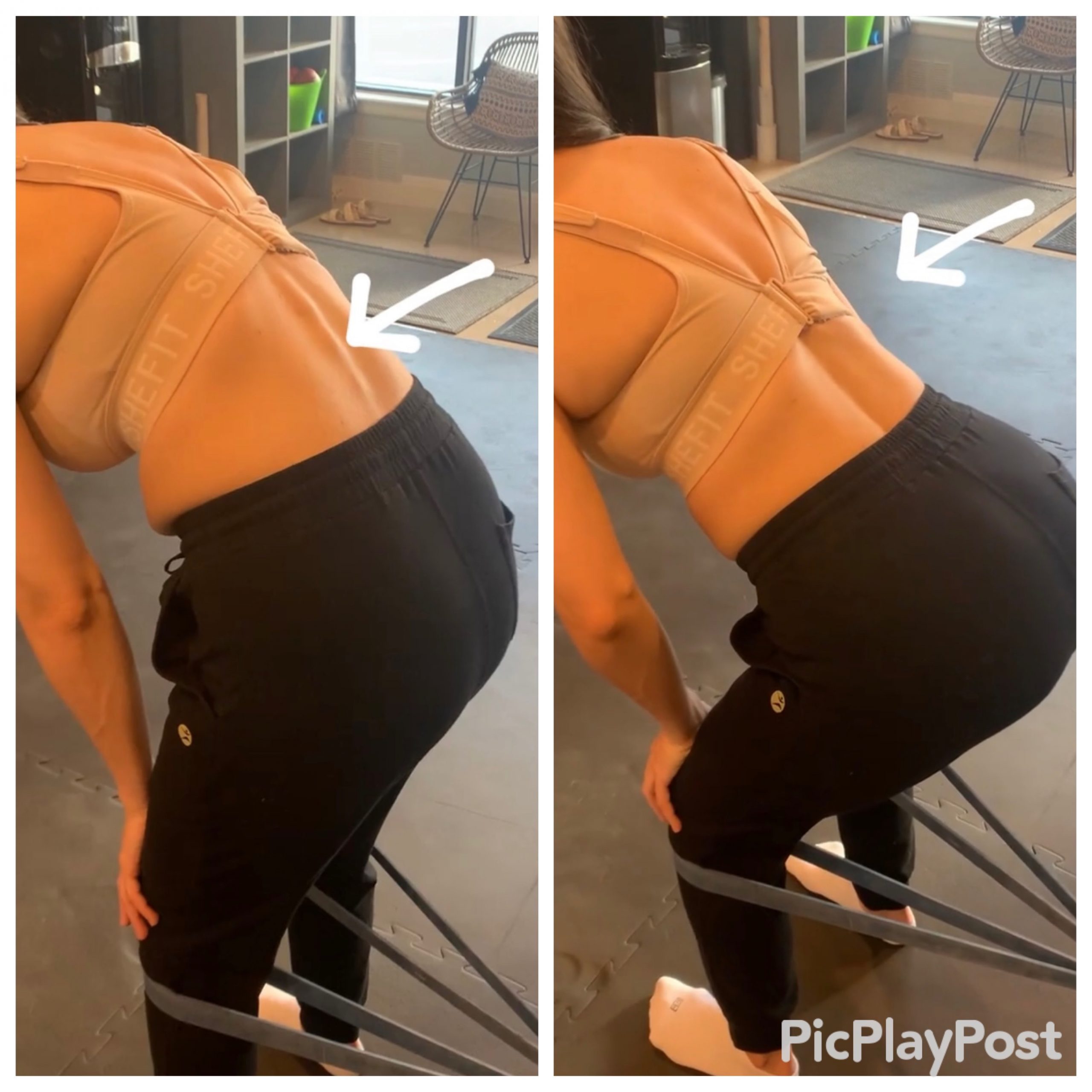Flexible muscles are crucial for multi-purpose function, but your muscles also need to activate as soon as they stretch, so you can move efficiently. Stretching, with the intention of reaching your muscles as far as you can and holding that position as long as you can, promotes a flaccid muscle function. If your muscles are flaccid then they can’t activate effectively. An ideal way of stretching would promote a stretch in a specific track of muscles and an activation along the opposing track of muscles. This way prioritizes the stretch and activation phase of muscle function.
Taking it a step further, the same concept of stretching is applicable during well sequenced exercise. When you position your body for a movement, one track of muscle is activated and the opposing track is stretched. When you initiate the movement, the stretched track begins to activate, and the previously activated track begins to stretch to facilitate the movement. When you walk for example, during a step, one leg is forward and the other is back. Then, during your next step, the leg that was back travels forward as the forward leg stretches into position behind. And the sequence is repeated as you walk down the way. If conventional stretching techniques are prioritized without respect to muscle function then your entire body structure can become flaccid. Then you lose your resiliency to gravity forcing down on you when you sit, stand, or move! So your body compensates instead.
Those compensations, when repeated repetitiously, train your body to accept the compensations as the new normal. When you move with poor body mechanics, whether you’re walking down the street, exercising, or doing what you do most, your body reinforces these improper compensations. So how do you build your body to move efficiently? Implement exercises that prepare your body for life outside of the gym, while respecting human anatomy. In other words, every exercise should incorporate the activation/stretch sequence while moving in a way that integrates the entire body, through a pattern that translates to movement in the real world. Then the chronic need for stretching is alleviated and tight or achey muscles can be better managed through proper myofascial release/trigger point therapy.
Flexibility is a good thing, but flexibility without muscular tensions associated with extreme ranges of motion are problematic. Contorting your joints, compressing your spine, and manipulating your body into positions for the sake of getting a “deeper stretch,” may not work for you, the way you intended, in the long run. Our muscles are like rubber bands, when they stretch they immediately sling shot to propel our body through space. Over stretching causes our muscles to lose their elasticity, the ability to “sling shot,” and we’re left with muscles that don’t function the way they were designed. If you want to improve the flexibility of your muscles and the mobility of your joints, while respecting the way your body is connected, then book your consultation with a complimentary introductory workout.







